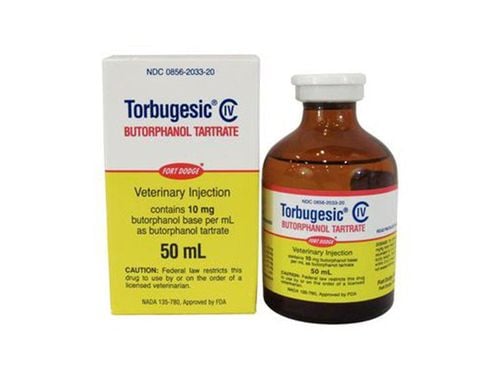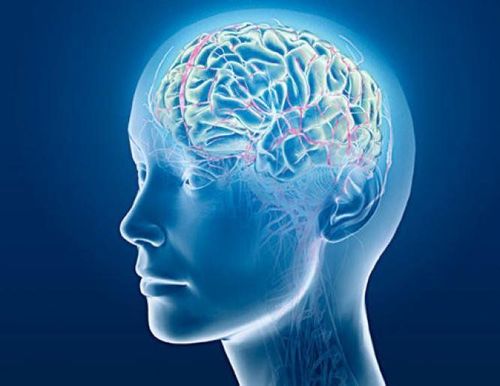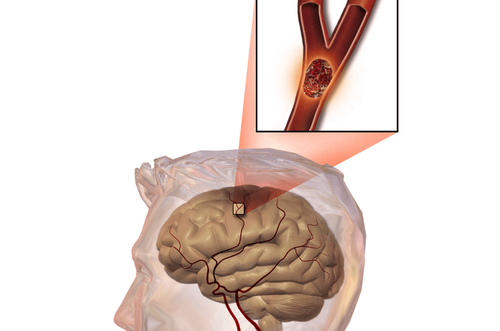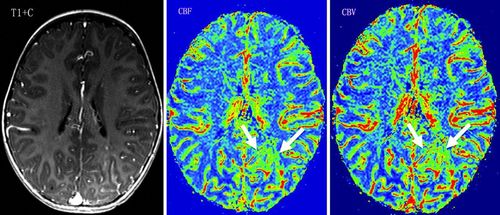This is an automatically translated article.
The article is expertly consulted by Dr. Ton That Tri Dung - Head of Department of Medical Examination & Internal Medicine, Vinmec Danang International Hospital.Transient headaches often go unnoticed, but few people understand that it can be a warning sign of cerebrovascular malformation, which if treated late can be life-threatening.
1. Beware of cerebrovascular malformations when you have a severe headache
You have had fleeting headaches and often ignore them easily. There have been patients like this and only thought they had vestibular disorders or "wind colds" without thinking that it was a harbinger of cerebrovascular malformations. According to specialists, this is a congenital disease but extremely dangerous if not detected and treated promptly.
Cerebrovascular malformations can irritate surrounding brain tissue and cause new-onset seizures, difficulty performing complex movements, dizziness, headaches, and language problems.
It is easy to see that the disease becomes more dangerous when the patient often has symptoms of chronic headache before. In case of a large deformity that compresses the brain, the patient may have paralysis of the limbs. Some cases may have no symptoms at all, but are detected through health screening.
At the stage of vascular rupture, the patient has a stroke due to cerebral bleeding with symptoms: severe headache, increased blood pressure, nausea, hemiplegia, difficulty speaking, coma...
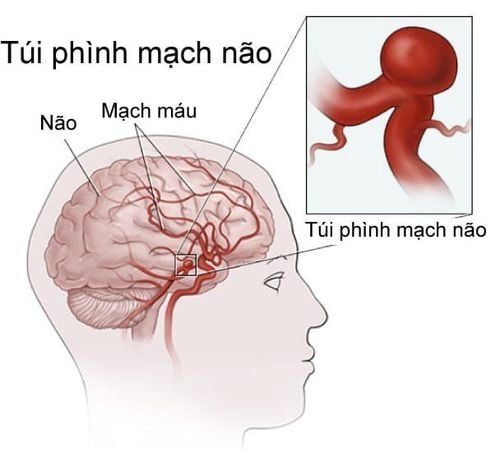
2. Subjects at risk of cerebral vascular malformation
Anyone can develop a cerebrovascular malformation, but these factors may increase the risk:
Family history: Familial cases of cerebrovascular malformation have been reported. , but it is not clear if there is a certain genetic factor or if these cases are just coincidence. Having comorbidities such as hypertension, dyslipidemia is a risk factor for an enlarged brain aneurysm.
3. Living habits to help you manage cerebrovascular malformations
The following healthy lifestyle and home remedies can help you deal with cerebrovascular malformation. Learn enough about cerebrovascular malformations to make informed decisions about care. Ask your doctor about the size and location of the deformity to choose the right treatment. Accept emotional as well as physical problems. Find someone to talk to and know a good listener who is willing to hear you talk about your hopes and fears.
4. Early screening to detect disease

Often patients with cerebrovascular malformations are asymptomatic, discovered incidentally while being treated for another unrelated condition. Many patients are admitted to the hospital with bleeding complications. Today, the proportion of patients diagnosed with cerebrovascular malformations has increased thanks to advances in non-invasive imaging techniques. Cerebral vascular malformations are usually diagnosed by a combination of magnetic resonance imaging (MRI) and angiography.
Vascular malformations are dangerous diseases, but their symptoms are often very vague, mainly prolonged headaches or seizures... so most patients with this disease are easy to miss until the malformation occurs. cerebrovascular pattern rupture and cause acute symptoms. At that time, patients often go to the hospital with emergency conditions such as vomiting, headache, confusion, paralysis of limbs and may die if not treated promptly.
Therefore, when there are symptoms of prolonged headache or convulsions... without clear cause, you need to be examined and consulted to detect cerebrovascular malformations and proactively manage them. treatment, avoiding the rupture of the malformation, causing very high mortality and disability consequences.
According to Dr. Ton That Tri Dung - Head of Examination and Internal Medicine Department - Vinmec Danang International General Hospital, cerebral arteriovenous malformation is a very dangerous disease, when rupture causes very high mortality. and is common after cerebral aneurysms. Therefore, when there are signs of suspected cerebrovascular malformation, patients need to go to the doctor early for timely treatment.
Neurology - Department of Medical Examination and Internal Medicine - Vinmec Da Nang International General Hospital is the address for treating cerebrovascular malformations with many outstanding advantages such as: There are many different specialties, a team of dedicated staff. Experienced doctor in specialized fields, modern equipment system..
Doctor - Doctor Ton That Tri Dung - Head of Department of Medical Examination and Internal Medicine, Vinmec Danang Hospital has had nearly 30 years experience in stroke neurology with numerous awards in scientific research. Particularly for cerebral vascular intervention, the doctor has performed for six years and each year takes and intervenes about 480 - 500 cases.
Dr. Dung was trained in neurology at home and abroad, taught at the Medical University. Hue Pharmaceutical and holds many important positions at Hue Central Hospital.
Please dial HOTLINE for more information or register for an appointment HERE. Download MyVinmec app to make appointments faster and to manage your bookings easily.





